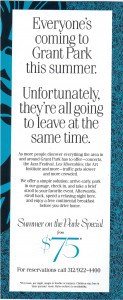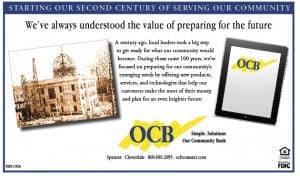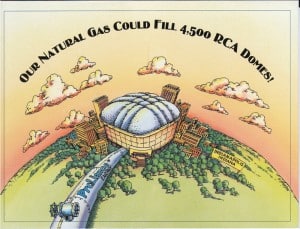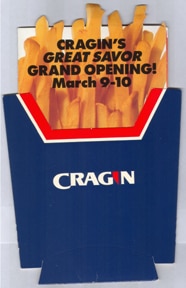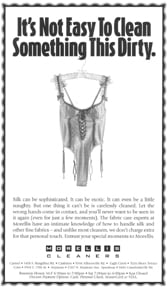Ever tried to be cooler than a teenager? It just doesn’t work. By the time you hear and learn the meaning of the latest expression or newest tidbit of slang, it’s ancient history. The first time you try to use it in front of said teenager, you’ll get a withering look that will add decades to your age.
The same holds true for advertising concepts. When a major national campaign captures the public’s interest, it’s usually because of an amazingly clever or innovative approach. Unfortunately, many company decision-makers are too lazy or unimaginative enough to come up with their own clever or innovative approach, so they simply copy the popular approach.
